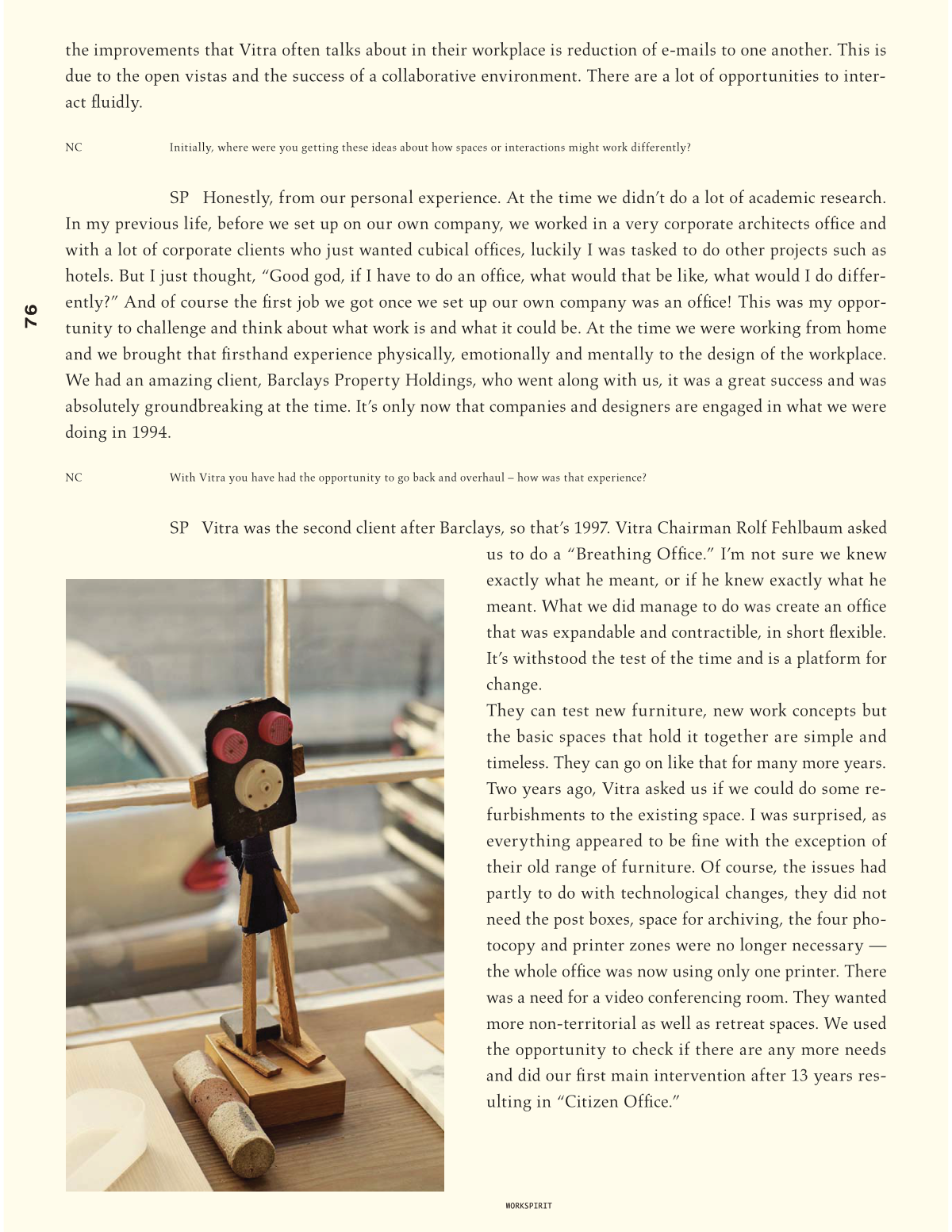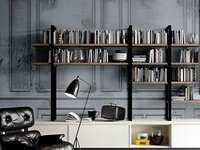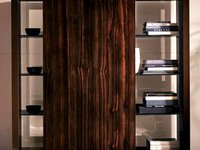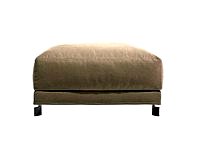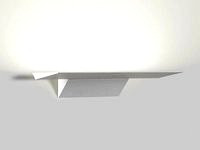76
WORKSPIRIT
76
WORKSPIRIT
the improvements that Vitra often talks about in their workplace is reduction of e-mails to one another. This is
due to the open vistas and the success of a collaborative environment. There are a lot of opportunities to inter-
act fl uidly.
NC
Initially, where were you getting these ideas about how spaces or interactions might work differently?
SP Honestly, from our personal experience. At the time we didn’t do a lot of academic research.
In my previous life, before we set up on our own company, we worked in a very corporate architects offi ce and
with a lot of corporate clients who just wanted cubical offi ces, luckily I was tasked to do other projects such as
hotels. But I just thought, “Good god, if I have to do an offi ce, what would that be like, what would I do differ-
ently?” And of course the fi rst job we got once we set up our own company was an offi ce! This was my oppor-
tunity to challenge and think about what work is and what it could be. At the time we were working from home
and we brought that fi rsthand experience physically, emotionally and mentally to the design of the workplace.
We had an amazing client, Barclays Property Holdings, who went along with us, it was a great success and was
absolutely groundbreaking at the time. It’s only now that companies and designers are engaged in what we were
doing in 1994.
NC
With Vitra you have had the opportunity to go back and overhaul – how was that experience?
SP Vitra was the second client after Barclays, so that’s 1997. Vitra Chairman Rolf Fehlbaum asked
us to do a “Breathing Offi ce.” I’m not sure we knew
exactly what he meant, or if he knew exactly what he
meant. What we did manage to do was create an offi ce
that was expandable and contractible, in short fl exible.
It’s withstood the test of the time and is a platform for
change.
They can test new furniture, new work concepts but
the basic spaces that hold it together are simple and
timeless. They can go on like that for many more years.
Two years ago, Vitra asked us if we could do some re-
furbishments to the existing space. I was surprised, as
everything appeared to be fi ne with the exception of
their old range of furniture. Of course, the issues had
partly to do with technological changes, they did not
need the post boxes, space for archiving, the four pho-
tocopy and printer zones were no longer necessary —
the whole offi ce was now using only one printer. There
was a need for a video conferencing room. They wanted
more non-territorial as well as retreat spaces. We used
the opportunity to check if there are any more needs
and did our fi rst main intervention after 13 years res-
ulting in “Citizen Offi ce.”


